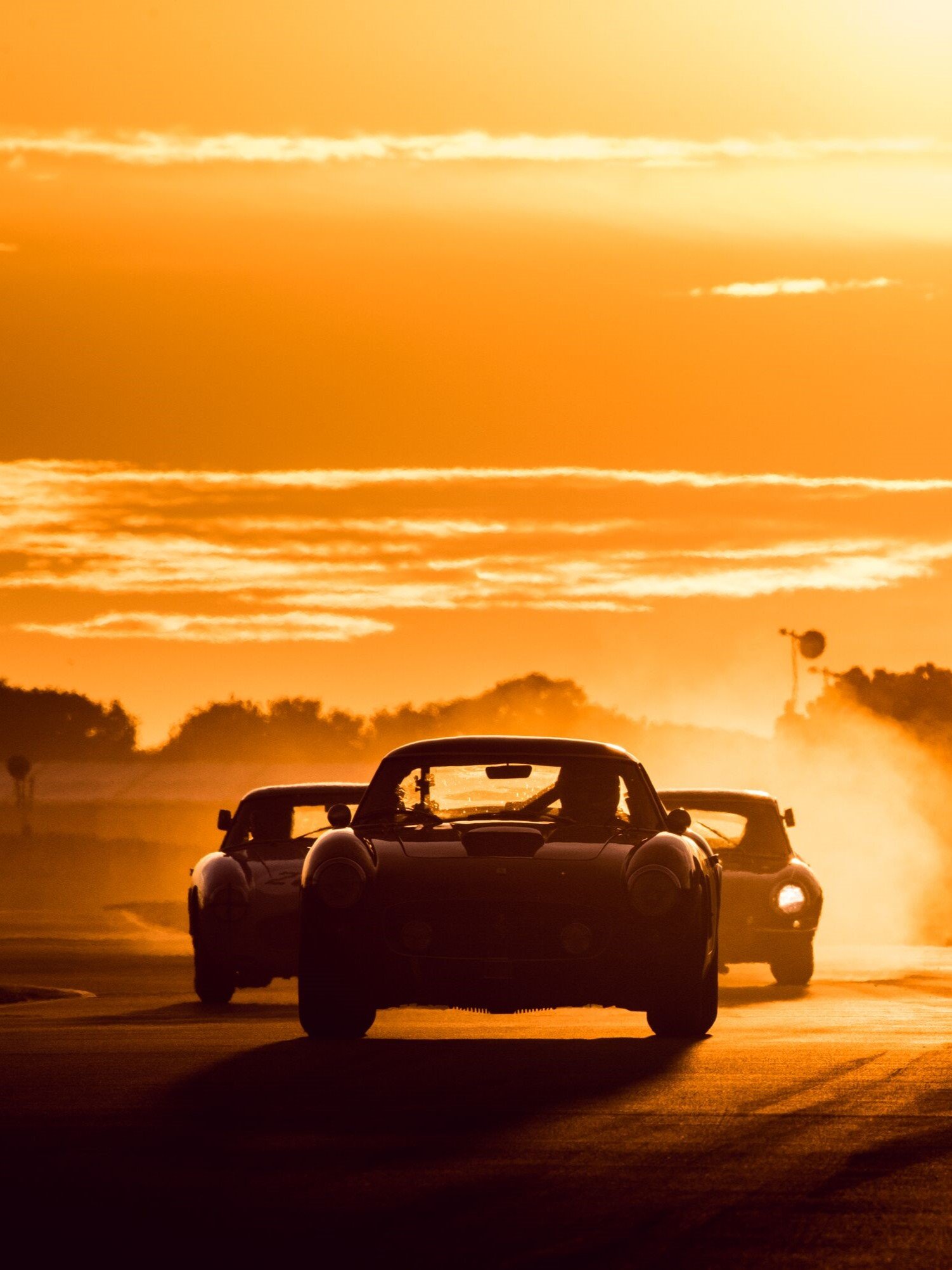How Ford’s WRC cars have evolved over the 40 years
The seats, like the shoes, were more comfortable in 1979. Soft, sensible, standard. Less so now. Put the Ford Escort RS1800 Hannu Mikkola used to win the RAC Rally 40 years ago alongside the Ford Fiesta WRC Sébastien Ogier used to repeat that feat last year and the idea of tracing lineage is laughable. They come from different worlds.

Similarly, Sony’s original Walkman (also launched in 1979) doesn’t really stack up against a latest specification iPod. The Walkman would play a cassette. On both sides, offering between 20 and 25 songs. But it needed batteries. Lots of them if you were prone to fast forwarding. Apple’s modern-day equivalent doesn’t need conventional batteries. Or cassettes. And fast forwarding is a touch-of-a-button-nano-second function. Oh, and it holds a shade over 70,000 songs. Both play music like both Fords won stages.
The RS1800, or Mk2 as it was more universally known was very much a carryover from the original Escort RS1600, in terms of engine, suspension and trusty five-speed ZF gearbox. There were improvements and refinements as time passed – including Kugelfischer fuel injection replacing twin Weber carburettors – to nudge the BDA-engine up towards 280bhp.
But 40 years ago, the feeling within Ford was that the Mk2 had gone as far as it could. The time had come to replace it with something based on the new shape Mk3 Escort.
The RS1700T was the answer. The BDA motor was carried over but reduced in displacement to 1,700cc and then turbocharged to give it 350bhp. The new car was being developed to a backdrop of increasingly noisy German chatter about Audi’s quattro.
Boreham spurned the so-called four-wheel-drive revolution and went – like Lancia with its 037 – for the tried and tested front-engine, rear-drive format. The RS1700T was due for its World Rally Championship debut in 1983, until new motorsport manager Stuart Turner looked into the future and binned the project immediately. Turner demanded fresh thinking and something completely new, something completely different. That he got.

The RS200 was arguably the most attractive of all the Group B metal made and its blown BDT engine – sited behind the crew in the middle of the machine – was more than capable of the sort of numbers required to compete against the growing powers of Peugeot (205 T16) and Lancia (Delta S4). The decision to install the gearbox, front and centre differentials at the front of the car might have meant twice as many propshafts for the Ford, but the flip side was an RS200 reckoned to be the most balanced and easiest (least difficult…) of cars to drive from that generation. But it came too late. Group B was banned less than a year after it arrived and 200 of the most exotic and cool looking cars ever to grace the Blue Oval followed the RS1700T into the Boreham bin.
Actually, that’s not true. Because the RS200 went through the Group B homologation process, 200 were built and a good few of them are still around today. One of them is in the hands of American Gymkhana star Ken Block, who rates it regularly as his best and most exhilarating ride for the road. And it’s 34 years old.
When Group B went south, Ford was left in something of a quandary. It had two great cars for rallying, but one had the right engine and turbo – the Sierra RS Cosworth (increasingly a mainstay of touring car championships around the world) and the Sierra XR4x4. The latter, as you’d expect from its moniker, came with four-wheel-drive (albeit in a fairly agricultural state), but the lump up front was a slightly breathless, atmospheric 2.8-litre V6. The car was homologated into Group A, but lacked anything like the power to take on Lancia’s Delta force. Eventually, in its saloon Sapphire form, the Ford Sierra RS Cosworth 4x4 arrived.
Now Ford was back in the game. From this car’s arrival in 1990, the Blue Oval had the look of a genuine contender once again. But this was only the beginning. Just as the RS1600 had morphed into the RS1800, so the Sierra would mutate to one of the most potent rally cars of its generation: the Escort RS Cosworth.

It remains an absolute mystery how this car didn’t wipe the floor with its opposition. A longitudinal engine/gearbox configuration gave it beautiful balance and the engine offered class-leading power and response. But all that potential went unfulfilled.
The Escort remained and carried Ford into the World Rally Car era, post-1997 regulation change. By then Malcolm Wilson’s M-Sport firm had taken charge of Ford’s world championship effort and the Escort WRC would be very much a stop-gap on the road to the Ford Focus WRC.

With Colin McRae employed to drive the all-new and ultimately radical, Martini-liveried Focus, Ford’s presence at the sport’s forefront was guaranteed. The car won on only its third outing in 1999 and remained an ever-present threat, but title success didn’t come until the third evolution of the Focus in 2006. Finn Marcus Grönholm guided the Focus RS WRC 06 to Ford’s first world title in 27 years and stayed on to help Wilson’s team retain the title 12 months later.
A further change of regulations dictated a shift from c to b segment cars for 2011. Simultaneously, 2.0-litre engines were dropped in favour of 1,600cc motors and diminished transmission tech. For Ford, that meant the Fiesta and the start of an astonishing journey that brings the story right up to date.

For five years, the original Fiesta RS WRC promised much. It won on its debut and consistently showed pace and potential – something of a recurring story for Ford. But it wasn’t until 2017 that Wilson, along with superstar driver Sébastien Ogier, achieved the dream of winning both drivers’ and manufacturers’ World Rally Championship crowns.
For the 2017 season, the governing body of world motorsport signed off on the most powerful World Rally Cars ever. Chuck in more aero and more effective aero than ever before and it’s no surprise the current cars are faster than anything to grace the stages before.
There’s no doubt, a well-wheeled Mk2 is a spectacular sight, but when you see Elfyn Evans launch the latest piece of kit… Well, it’s like trying to find a playlist on a Walkman. And who needs comfy shoes anyway?
Photography courtesy of Motorsport Images.
WRC
Ford
Fiesta
Escort
Cosworth
RS200
Focus
Sierra
hannu mikkola
colin mcrae
elfyn evans
Motorsport































































